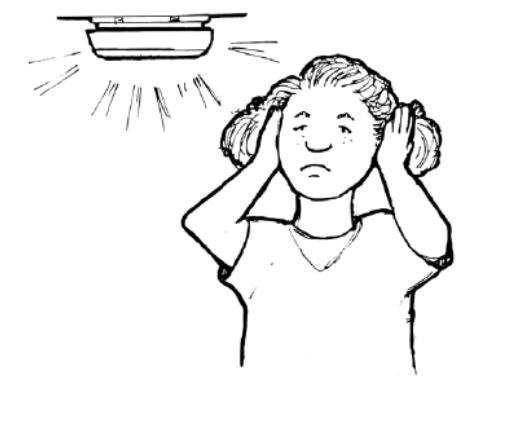


Explaining procedures to the client in a manner that they can understand while using assistive devices and aids such as pictures and gestures that can be helpful to facilitate the client's understanding.Reorientation of the client to time, place and person as often as necessary.Provision of an environment that is not loaded with extraneous stimuli.Anticipation of the client's needs and then addressing them.Provision of safety using, for example, falls risk protocols for those at risk for falls and keeping dangerous cleaning chemicals in a secure and safe place.Thought disturbance interventions for disorders that result from organic brain syndrome, dementia including Alzheimer's disease, delirium and psychiatric symptomatology include the: Assisting the Client to Develop Strategies for Dealing with Sensory and Thought DisturbancesĬlients' safety is the highest priority among many clients who are affected with thought and sensory disturbances. For example, the safety of the client with low vision and complete blindness must be insured and some clients may need to be placed in a low stimulation environment to protect them from sensory overload. For example, visual disturbances including low vision can present risks, signs and symptoms during the nighttime hours, auditory deficits may be more profound within an environment that is filled with noise and other disruptive stimuli, and virtually all sensory and perceptual disorders will be further amplified in a strange and unfamiliar environment, such as a hospital room, that is not familiar to the hospitalized person.Īs based on these individual, time, place and other stimuli variations among patients and these factors, nurses must assess the clients affected with sensory and perceptual disorders and plan care according. Identifying the Time, Place, and Stimuli Surrounding the Appearance of SymptomsĪt times the signs and symptoms of a sensory and perceptual loss occur at a specific time, in a particular place, and when the client is exposed to other stimuli in the environment and, at other times, the signs and symptoms of a sensory and perceptual loss occur regardless of the time, place and stimuli. Some of the risk factors associated with impaired and disturbed sensory and perceptual abilities are impaired sensory processing and the absence of the processing of stimuli secondary to disorders such as blindness, deafness, a loss of taste or smell, and an inability to feel things, some of which can occurs as the result of genetics, aging, trauma, biochemical causes, electrolyte imbalances and both excesses of stimulation and deficits in terms of sensory stimulation. Some of the defining characteristics of impaired and disturbed sensory and perceptual alterations include the client's changes in terms of behavior, problem solving, sensory sharpness and acuity, and decision making which can lead to the client's restlessness, a lack of orientation, confusion, altered communication, poor concentration, hallucinations, and a lack of focus and attention. Simply defined, according to the North American Nursing Diagnosis Association (NANDA), impaired and disturbed sensory perception is "a change in the amount or patterning of incoming stimuli accompanies by a diminished, exaggerated, distorted, or impaired response to such stimuli" as those associated with the client's visual, auditory, tactile, gustatory, olfactory and kinesthetic responses to these stimuli. Provide care in a nonthreatening and nonjudgmental manner.Provide care for a client experiencing visual, auditory or cognitive distortions (e.g., hallucinations).Assist client to develop strategies for dealing with sensory and thought disturbances.Identify time, place, and stimuli surrounding the appearance of symptoms.In this section of the NCLEX-RN examination, you will be expected to demonstrate your knowledge and skills of sensory and perceptual alterations in order to:


 0 kommentar(er)
0 kommentar(er)
